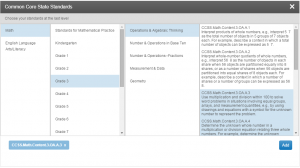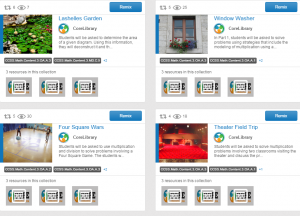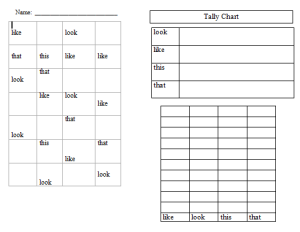TOP 5 Sites to Check Out on the NEXT RAINY DAY!
1. Gooru is a search engine which allows you to look for lesson plans in all content areas and correlated with the Common Core Standards. There are tons of multimedia resources, digital textbooks, videos, games and quizzes. You can create a “My Collections” and “My Classes” to create your own playlist of learning resources which can be used as a center, idea for a lesson or enrichment activity.
Example: I searched for Third Grade Math CCSS.MATH.CONTENT.3.OA.A.3 
It compiled 47 lessons that all included some sort of technology–some appropriate for the grade and some were not but definitely worth browsing.
Here is how the search comes up–
2. Knowia is a search engine which is specifically compiling videos. I searched long division and it brought up several different videos and methods on how to teach long division. If you are looking for a remediation video or a way to enrich a group of students–this might be a good place to start. Many of the videos are on a higher level but worth checking out.
3. Google Classroom is a way to post assignments, receive student work, provide feedback and track missing work electronically. As a teacher you can upload and share worksheets, videos, links and the students can make copies of the document (Google Doc) and instantaneously turn it in. As we move towards one to one–this is the direction we will be moving in…
You must use Google Apps for this program.
4. Ken Ken
Math puzzles that are similar to Suduko but infuse addition, subtraction, multiplication and division. You can do only one operation or mixed. These are great problem solving opportunities and the kids love them. They are practicing higher order thinking while building their fluency with basic operations.
5. Math Fluency with Greg Tang Math. This site has lots of games for your students to become fluent with basic operations. There is a 10 frame game which works on number sense. Other games such as Kakooma are on there–check it out!!
http://gregtangmath.com/games.html?game=tf
If you know a great site or resource–please share it in the comments for your colleagues!

